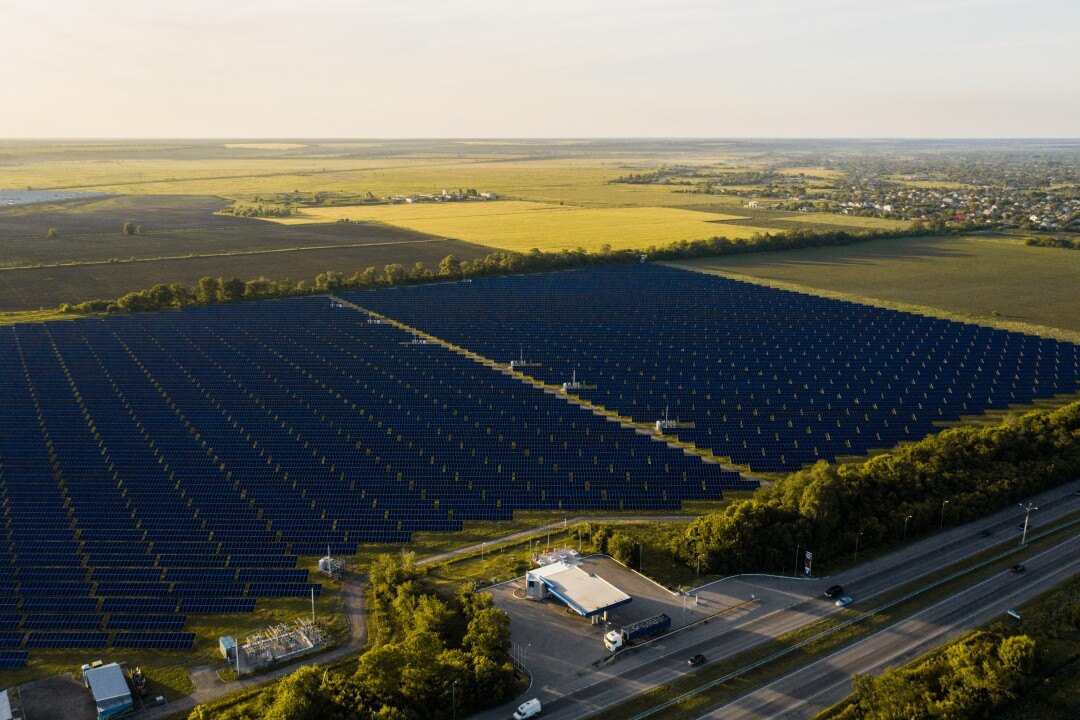The Challenge of Data Granularity

Stay in touch
Subscribe to our newsletter for expert insights, company updates, and the latest in renewable energy management solutions.
This is the third article in an eight-part series about the top four challenges in solar performance monitoring and how to overcome these challenges.
In the last two articles, we discussed the challenge of imperfect operating data and the challenge of scale. Solar monitoring applications are tasked with processing high volumes of high-velocity, highly variable, imperfect operating data. Perhaps unsurprisingly, they have a reputation for often failing at this task.
In this article, we talk about another common challenge solar monitoring software faces — the challenge of data granularity.
DEFINING THE CHALLENGE OF DATA GRANULARITY
The Data Warehousing Wiki defines granularity as “the level of detail of your data within the data structure.” Granularity in data systems has to do with detail — how detailed do we need to make our performance models to effectively monitor solar power assets? The answer is very detailed.
Why is this? I came into renewables via a long career in the traditional power industry monitoring gas turbines, steam turbines and boilers. I expected monitoring solar asset performance to be easy by comparison. I mean, the solar power asset is so much simpler than the fossil power asse, right?
So what is it about the solar power plant that makes it such a challenge to successfully monitor? The granularity of the solar asset class is what makes it a particularly challenging asset to model. For comparison, a 500 MW gas plant has three electric generators.
How many generators does the same size solar power plant have? Over 1.5 million. Add to that 100,000+ strings, 10,000+ combiner boxes, and 300+ large central inverters and it becomes clear why solar monitoring software has to work with equipment at such a granular data level.
Why does data granularity introduce such challenges to reliable and accurate solar performance monitoring? Let’s look at three challenges that keep monitoring software developers up at night.
GRANULARITY AND ENERGY MODELS
First of all, to successfully characterize the operational performance of solar assets, we need to look deep into the DC array. This is because, if we are going to truly understand solar plant underperformance, we need to drill all the way down to the generator level: the PV module.
However, PV module’s DC electricity is ultimately delivered to the off-taker via a series of electrical circuits made up of strings, fuses, conductors and combiner boxes. The performance of each of these assets makes up the operational performance of the plant as a whole. Therefore, our performance model needs to include a model of each and every DC array asset with enough granularity to allow us to identify equipment outages and underperformance.
GRANULARITY AND PROBLEM IDENTIFICATION
Because the solar asset class includes a high volume of assets that directly generate electricity or transfer electricity, identifying which assets or groups of assets are causing the performance problem becomes very difficult.
Making this especially difficult is the reality that most solar power projects do not meter power, voltage or current below the inverter level. If we are seeing inverter-level underperformance, how do we know if the problem is in the modules, the strings, the combiner boxes or the inverter itself?

The solar data and performance model must be sufficiently granular to tease out not only the existence of a problem, but where the problem is located. This means very detailed asset performance models are needed and the ability to track performance to a specific asset is required. The performance model needs a detailed asset and metadata registry to solve this problem.
GRANULARITY AND ENERGY ACCOUNTING
A follow-on to the energy model and problem identification challenge, is the energy accounting granularity problem. If we’re successful in developing granular performance models and we use those models to identify where the fault is occurring, we then need to properly account for these energy losses.
Granularity at the energy accounting level is important, because without it the monitoring software likely will double-count losses and be unable to provide users the information they need to recover those losses. Many performance monitoring systems were never designed with this level of detailed energy accounting in mind, and end up creating more confusion than clarity.
SUMMARY
The challenge of insufficient data granularity prevents many solar monitoring software platforms from realizing their full potential. Until this fundamental design problem is resolved, users will continue to be frustrated with software monitoring tools that simply don’t work.
Want to learn more about how Power Factors’ Drive Pro asset performance management (APM) platform helps you overcome the challenge of data granularity?
Steve Hanawalt is EVP and Founder at Power Factors.


.jpeg?width=2000&name=AdobeStock_691268307%20(3).jpeg)


